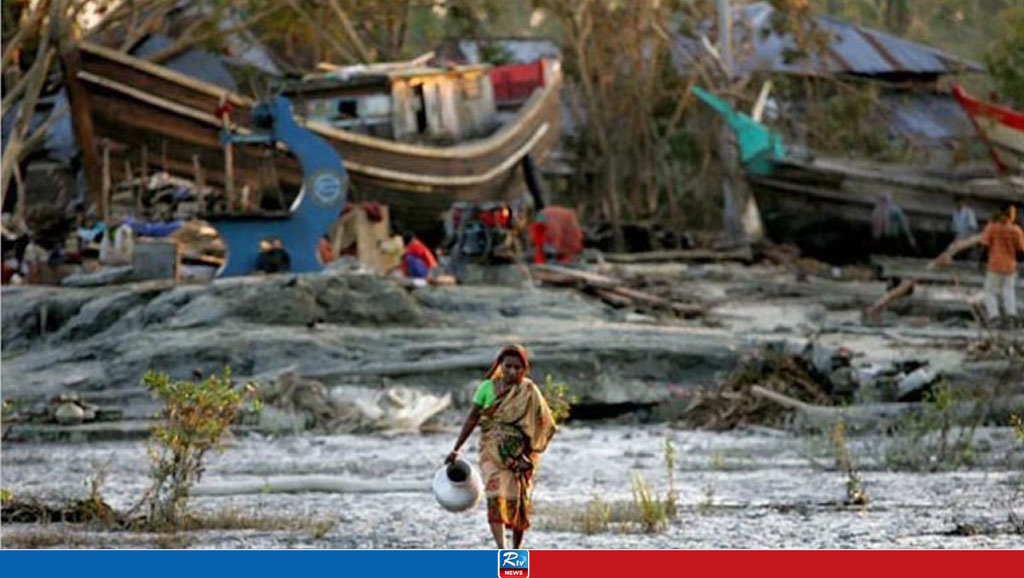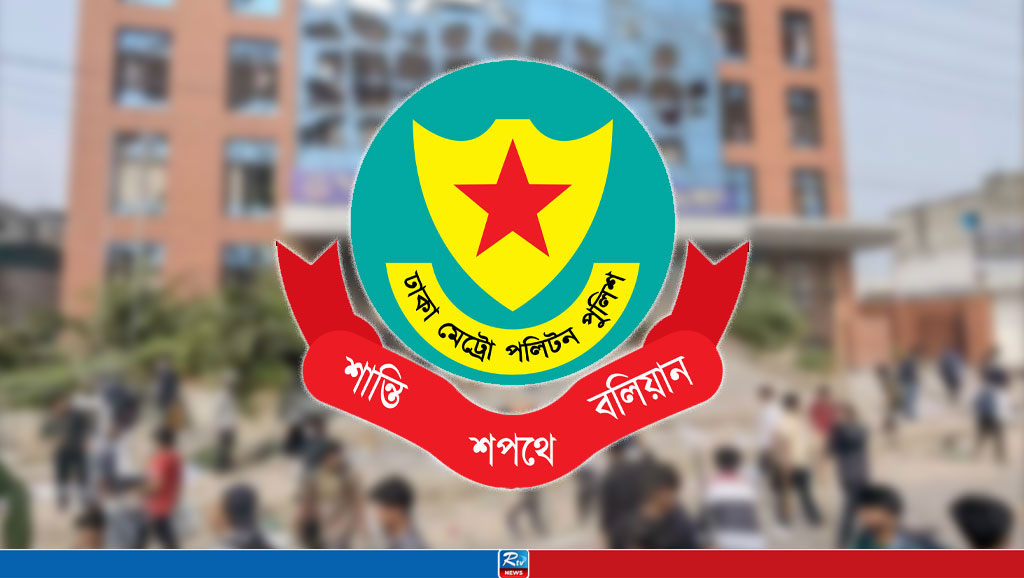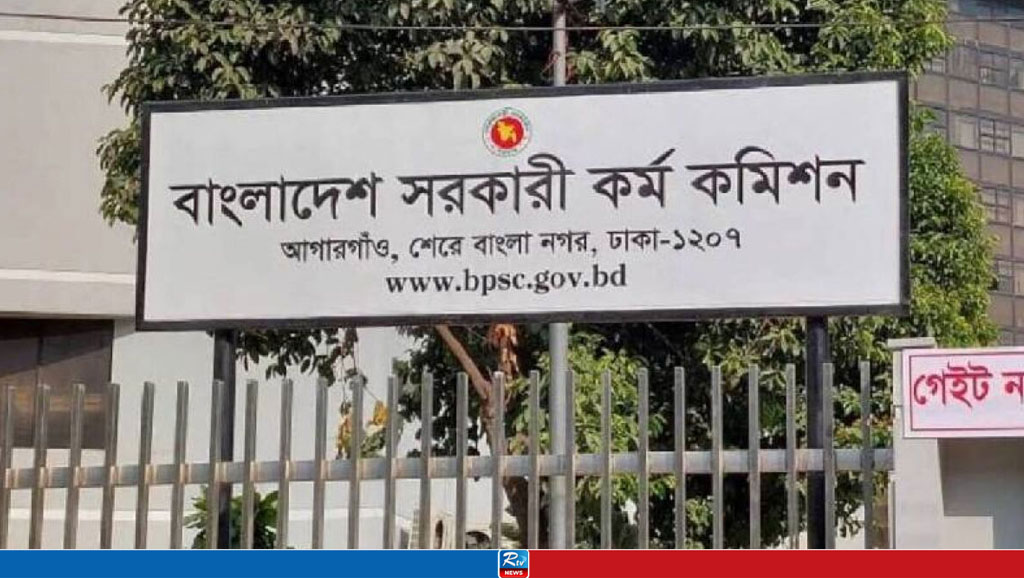The Coast Still Bears Sidr’s Scars 17 Years Later

Today, November 15, marks the anniversary of one of the most devastating natural disasters in Bangladesh’s history. In 2007, Cyclone Sidr tore through the southern regions, leaving the coastal areas in ruins and taking thousands of lives. Even now, the horrifying memories of that day haunt the coastal residents.
At 7:40 p.m., light rain and gusts of wind began. A few cautious people made their way to shelters, but most stayed home, believing they’d weather the storm like so many others before. But nature had other plans. Around 10:30 p.m., seawater surged inland like a grim reaper, claiming lives and causing thousands of deaths in a mere 10 minutes. The devastation was everywhere—corpses lay scattered, and survivors remained as witnesses to a tragedy that turned the southern region into a valley of death.
Asaduzzaman Khan, then Deputy Director of the Cyclone Preparedness Program in Barguna, recounted that around 8 p.m., a cyclone hit without warning, while the sky had been showing signs of a disturbance for days. The Meteorological Department issued a level-10 warning the previous day, and while many people initially took refuge, they returned home the next morning when the night passed without incident. But by the afternoon, winds and rain began intensifying, and around 6:30 p.m., Sidr struck the coast, bringing with it a 12-15 foot surge.
According to sources at the Barisal office of the Water Development Board (WDB), the country has 5,107 kilometers of flood control embankments, including 957 kilometers of seawall. The 2007 cyclone damaged 2,341 kilometers of these embankments, with 180 kilometers completely destroyed across six districts and partial damage across another 1,400 kilometers.
News reports indicate that saltwater intrusion rendered about 1.1 million hectares of farmland unfit for cultivation. Over 1.78 million poultry and livestock were lost. The tidal surge washed away or destroyed 8,075 kilometers of roads and damaged 1,687 bridges and culverts. The agricultural sector estimated crop losses of 40 billion BDT. Government records list 3,363 deaths, while the Red Crescent cites around 10,000 casualties.
Journalist Adv. Sanjib Das recalls the village of Naltana in Barguna, where over fifty bodies were found the next day. The area was submerged, leaving no place to bury the dead. In nearby Gorzonbunia, 33 villagers were laid to rest in 19 graves without burial shrouds. Space constraints forced 5 graves to contain 3 bodies each, 4 graves to hold 2, and 10 individual graves.
Following Sidr, road access to the southern region remained cut off for about a month and a half, and power was down for a month. Due to these disruptions, local and international aid was delayed.
Golam Mostafa Chowdhury, a fishing trawler owner in Barguna, shared that many fishermen at sea never returned. Some were swept into the depths or drifted as far as Myanmar and India. During Sidr, 375 fishing trawlers went missing, and 280 were found smashed against embankments. Some fishermen from Patharghata ended up detained in an Odisha prison in India.
Each November 15, the coastal people remember their lost loved ones through prayers, Quran recitations, and family gatherings.
Comments
3 Killed in Clash, Claim Mollah College Authorities

No Deaths in Demra Clash, DMP Clarifies

New Price of Gold Effective From Today

47th BCS Circular to be Published This Week

JICA Provides Tk 3,147cr For Two Projects

Hasnat-Sarjis in Road Accident

SSC Form Fill-up Fee Increased


 Live Tv
Live Tv

